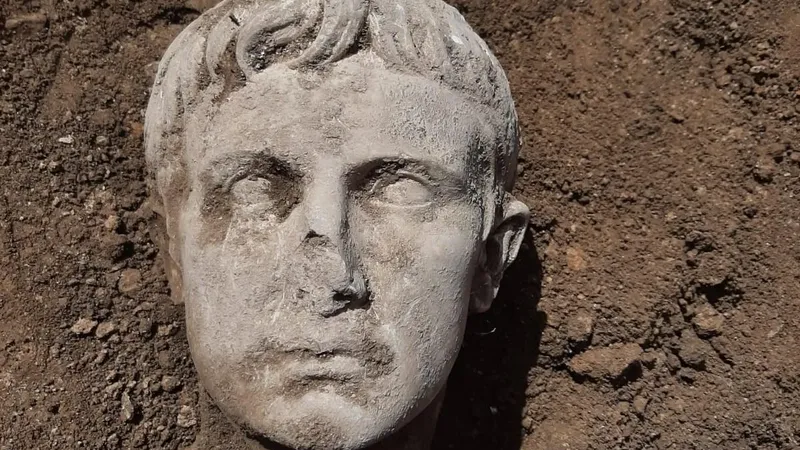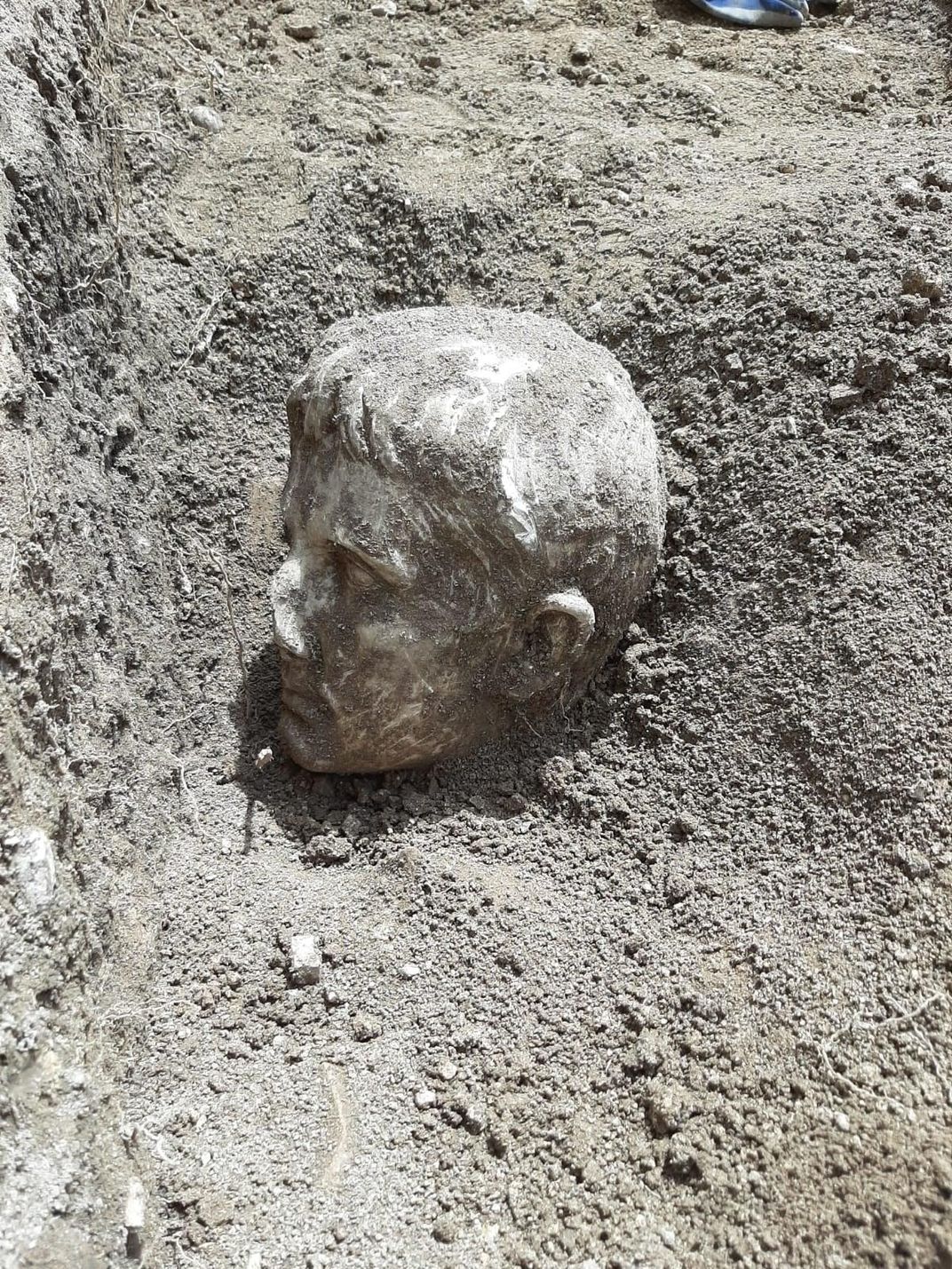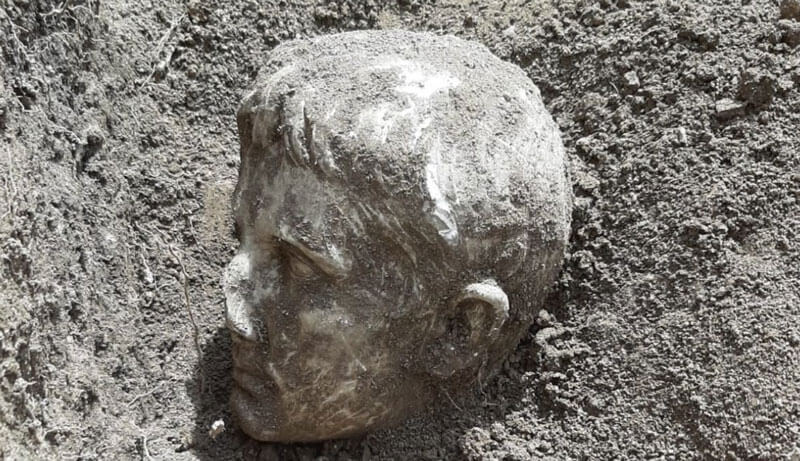A remarkable archaeological find has recently surfaced in the ancient town of Aesernia, now known as Isernia, in southern Italy. Behind a medieval wall, a marble head of Emperor Augustus (r. 27 B.C.–A.D. 14) was uncovered, offering an exceptional glimpse into Rome’s imperial past. This discovery not only highlights the enduring legacy of Augustus but also offers a deeper look into how his image was used to solidify power throughout the empire.
Augustus and the Power of Imperial Portraiture
Emperor Augustus was the first ruler of the Roman Empire, whose reign established the foundations of Roman dominance for centuries. His ability to consolidate power was aided by his widespread use of propaganda, with portraits and statues playing a pivotal role. These works of art were not merely representations of the emperor’s likeness but were also powerful tools to convey messages of strength, wisdom, and divine rule.

The marble head discovered in Aesernia is a prime example of such propaganda. Augustus was often depicted as youthful, strong, and eternal—qualities that reinforced his divine right to rule. This bust, likely intended for public display, would have served to remind the citizens of Aesernia of their loyalty to the emperor and the empire.
The Historical Context of Aesernia
Aesernia was an important town during the Roman era, originally a Samnite settlement before its integration into the Roman Empire. Its strategic location made it a vital connection point between different regions of Italy. The discovery of Augustus’ marble head in such a town underscores its significance within the broader Roman Empire, further cementing the emperor’s influence even in more remote regions.

During the Roman Empire, it was common for imperial portraits to be displayed in public spaces or private homes to reinforce loyalty to the emperor. The finding of this marble head in Aesernia suggests that the town, though not a major urban center, was still influenced by the political power of Augustus and the broader imperial culture.
Medieval Walls as Protectors of Ancient Art
The placement of the marble head behind a medieval wall adds a fascinating layer to this discovery. It’s not uncommon for ancient artifacts to have been repurposed or hidden during the medieval period, often without recognition of their historical value. In this case, the head was preserved accidentally, having been walled away for centuries, likely due to the changing religious and political climates that followed the fall of the Roman Empire.

This unintentional preservation speaks to how ancient Rome’s legacy was both repurposed and buried over time, only to be rediscovered by modern archaeologists. The head, tucked away for centuries, is now a valuable link between ancient Rome and the medieval world, offering new insights into the ways Roman power and art were viewed in later periods.
Conclusion: A Lasting Testament to Augustus’ Legacy
The discovery of the marble head of Augustus in Aesernia is a testament to the lasting power of Roman imperial art and propaganda. As the first emperor of Rome, Augustus’ influence was monumental, and his image continued to spread across the empire long after his reign. This remarkable find helps reinforce our understanding of how Augustus’ image was used not just for artistic expression, but also as a political tool to ensure loyalty and strengthen his rule.
This rediscovered portrait allows modern audiences a rare opportunity to connect with the Roman Empire on a more personal level, offering a direct visual representation of one of history’s most influential figures. It serves as a powerful reminder of the enduring legacy of Augustus, whose rule marked the dawn of the Roman Empire, shaping the course of Western civilization for centuries to come.

